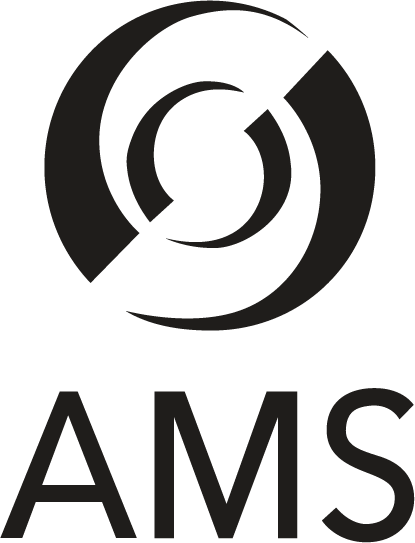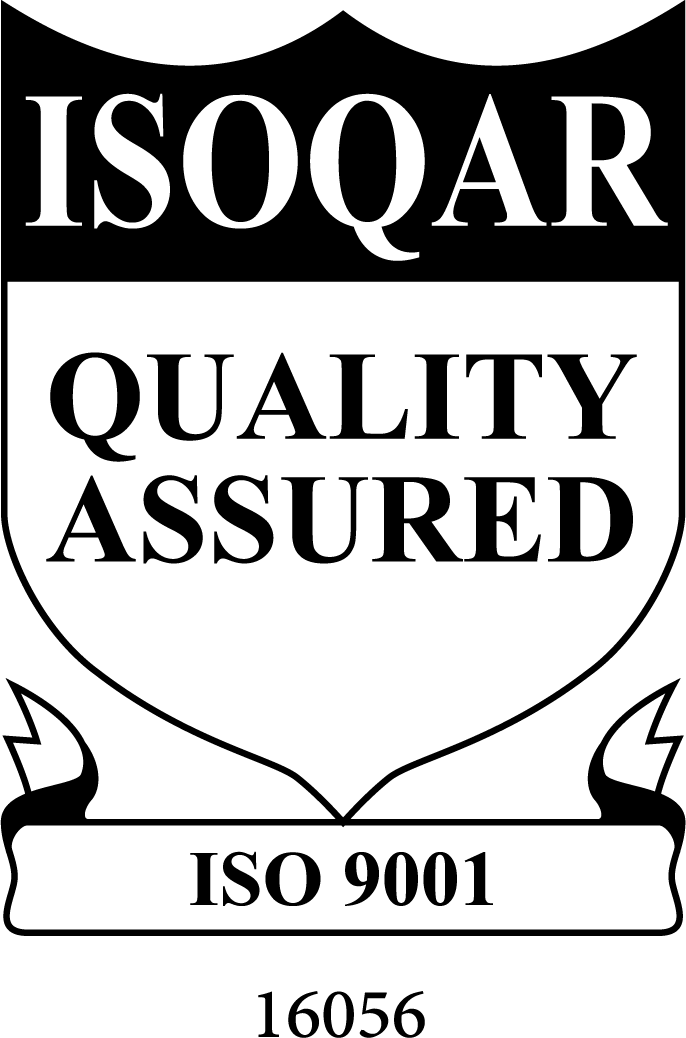NSN: 5950-00-903-5102
Coils and Transformers
COIL,RADIO FREQUENCY
COIL,RADIO FREQUENCY
ACT NOW! SUBMIT A QUICK QUOTE.
Technical Characteristics
-
Body Length
0.550 inches minimum and 0.570 inches maximum
-
Minimum Self-Resonant Frequency (Non-Core)
2.2 megahertz single component
-
Features Provided
tinned wire leads
-
Unpackaged Unit Weight (Non-Core)
1.5 grams
-
Inclosure Type
fully inclosed
-
Frequency At Which Inductance And Quality Factor Applies (Non-Core)
250.0 kilohertz single component single winding
-
Turn Quantity
618 single component single winding
-
Maximum Operating Temp
105.0 deg celsius
-
Body Outside Diameter
0.205 inches minimum and 0.225 inches maximum
-
Dc Resistance Rating In Ohms
28.000 single component single winding
-
Inductance Rating
1.80 millihenries nominal single component single winding
-
Terminal Type And Quantity
2 wire lead
-
Reliability Indicator
not established
-
Coil Form Type
solid single component
-
Mounting Method
terminal single group
-
Quality Factor
65 minimum single component single winding
-
Special Features
suffix letter on p/n 1312-25j denotes a std tolerance of 5 pct
-
Winding Operating Current
68.0 milliamperes maximum of standard range b and better single component single winding
-
Core Construction
powdered single component
-
Rating Method
winding turns single component single winding
-
Winding Conductor Size
0.00315 inches american wire gage single component single winding


 Certified to
Certified to









